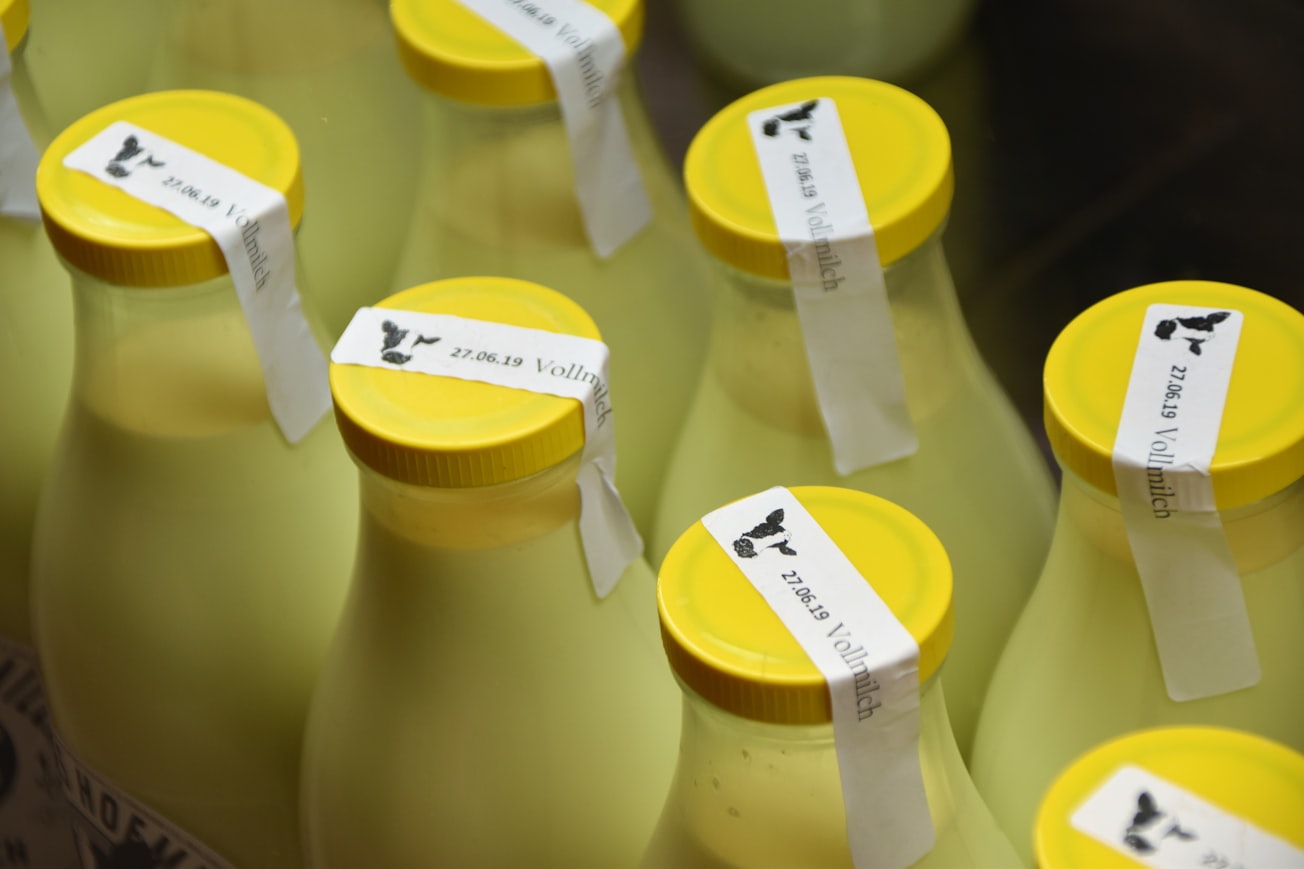What is it about?
Highlights •Moulds for fabrication of soft elastomer substrates are 3D printed •Modulation of the bulk and surface characteristics of substrates was achieved •Papillae height and density on the substrate influenced the friction coefficient of emulsions •An increase in elastic modulus of substrates reduced the friction coefficient of milk. •Substrate thickness had little effect on the friction coefficient of the emulsions.
Featured Image

Photo by Waldemar Brandt on Unsplash
Why is it important?
The mouth-feel or oral perception of a food may vary in different oral surfaces or tongue-palate environment depending on the physical characteristics of human tongue. Tribological measurements emulating the characteristics of tongue-palate environment will assist in the evaluation of oral perception of food materials.
Perspectives
This facile substrate fabrication strategy enables rapid evaluation of food tribology towards the efforts to reduce the dependence on the human-based sensory analysis.
Dr Pratheep K Annamalai
University of Queensland
Read the Original
This page is a summary of: 3D enabled facile fabrication of substrates with human tongue characteristics for Analysing the Tribological behaviour of food emulsions, Innovative Food Science & Emerging Technologies, August 2021, Elsevier,
DOI: 10.1016/j.ifset.2021.102803.
You can read the full text:
Contributors
The following have contributed to this page










